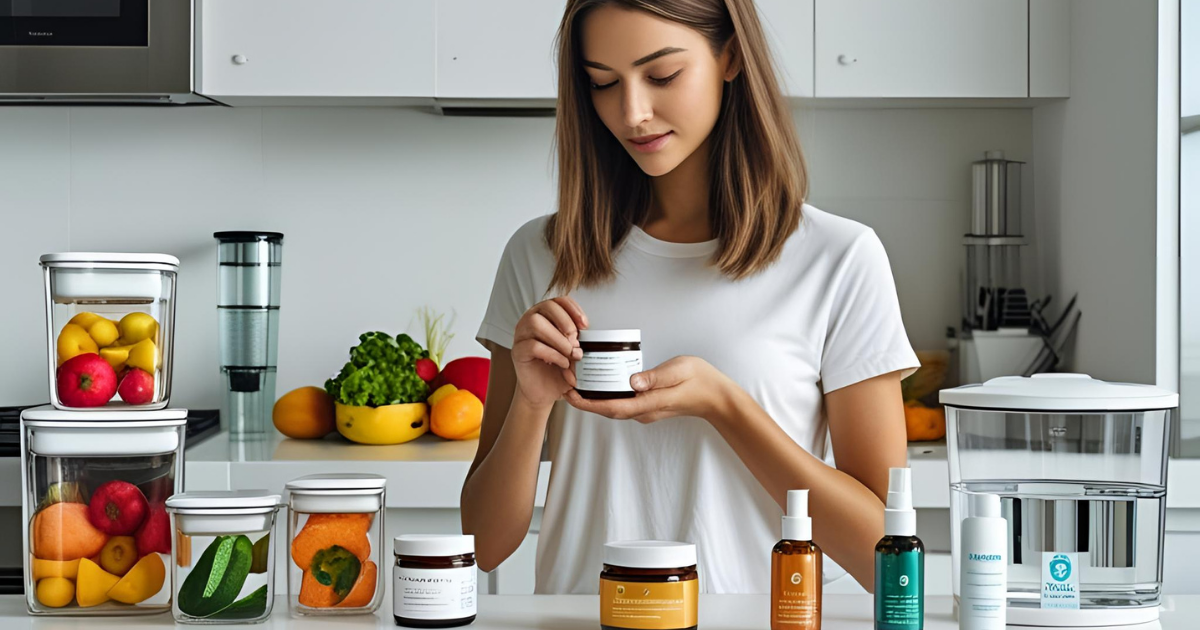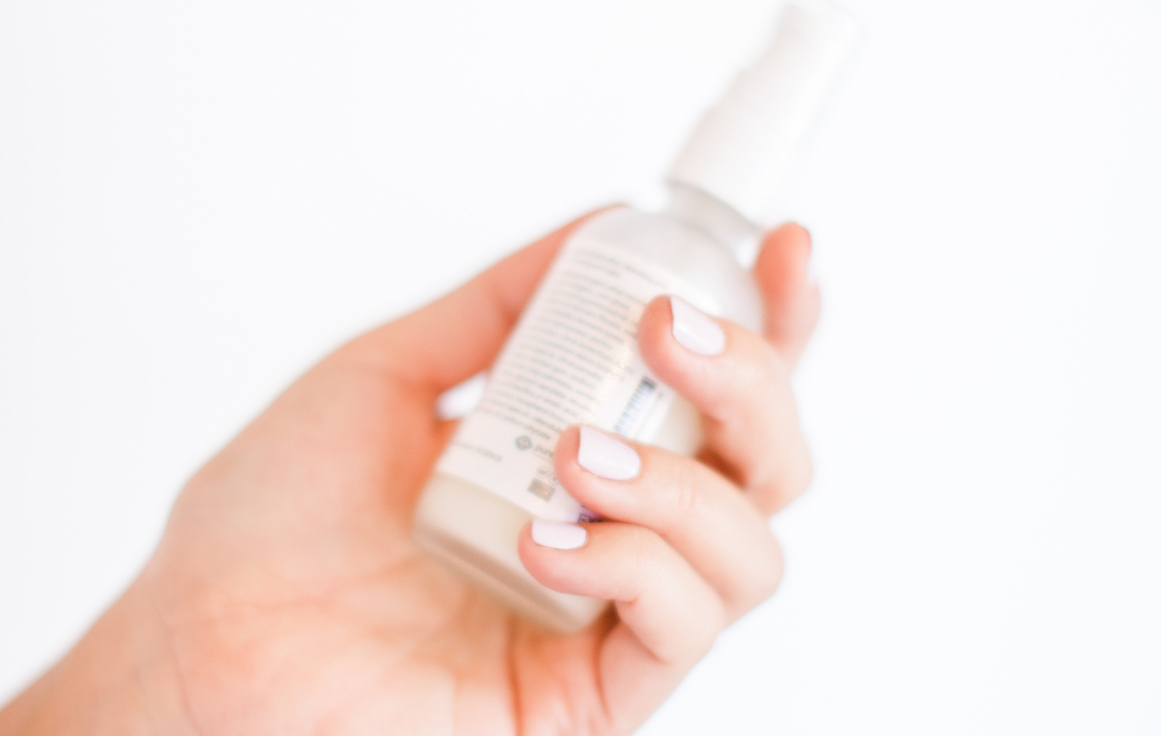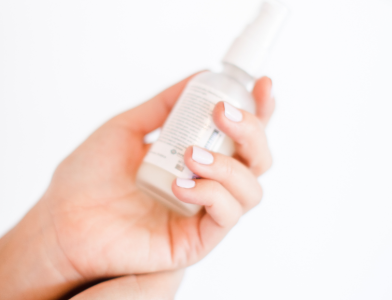Breast cancer rates are unexpectedly rising in younger women, even those who are health-conscious, eat clean, work out regularly, and have no family history. While this trend feels unfair, the truth is both empowering and urgent: most breast cancer cases are not about genetics, but about daily environmental exposures that fly under the radar. If you’ve ever felt powerless to change your risk, it’s time to reclaim control with knowledge and practical steps.
Breast Cancer: More Than Just Genes
When picturing breast cancer, genes like BRCA1 and BRCA2 often come to mind. Yet, less than 10% of cases are due to inherited mutations. That means over 90% are linked to lifestyle and environment – specifically, exposures to hormone-disrupting chemicals that accumulate over time. These substances are surprisingly common and can be found in personal care products, water, plastics, and even the screens we use at night.
Understanding Endocrine Disruptors
Endocrine disruptors are chemicals that interfere with your body’s hormone system, especially estrogen signaling. They are often derivatives of industrial processes and can mimic or block hormones in ways that heighten breast cancer risk. Common sources include plastics (BPA, phthalates), beauty products (parabens, phthalates), tap water contaminants, and even the light from your smartphone.
- Endocrine disruptors can be absorbed through the skin, inhaled, or ingested.
- They accumulate in fatty tissue – including breasts, which are largely fat – over time.
- Exposure has been linked to early puberty, a known breast cancer risk factor, and even disrupted sleep from blue light can increase risk.
Everyday Products That Hide Toxins
Reducing your risk starts with recognizing common sources of exposure. Here’s where toxins are most likely to be found:
- Personal care products: Scented lotions, perfumes, and some cosmetics contain parabens and phthalates that are absorbed through the skin.
- Plastic containers and packaging: BPA and other bisphenols can leach into food, especially when heated or used with fatty foods. Microplastics from packaging are also a concern.
- Tap water: Many US water supplies contain chlorine byproducts and PFAS “forever chemicals” that affect hormonal balance.
- Scented candles and air fresheners: Burning these can release carcinogens like benzene and formaldehyde into your home air.
- Household goods: Flame retardants in mattresses, furniture, and electronics are linked to increased breast cancer risk.
6 Practical Steps to Lower Your Toxic Load
The good news: these exposures can be minimized. Here are six simple, actionable ways to reduce your toxin burden, starting today:
- Use glass or stainless steel containers for storing food and drinks instead of plastic, especially for hot or fatty foods.
- Go fragrance-free in your personal care and cleaning routines. Select products labeled “fragrance-free,”
“phthalate-free,” and “paraben-free,” or opt for those that use essential oils. - Filter your tap water with a system certified to remove PFAS and chlorine byproducts.
- Choose organic produce when possible to cut down on pesticide residues. When not possible, soak fruits and veggies in a baking soda solution (2 teaspoons per 4 cups of water for 15 minutes) to reduce pesticides.
- Follow the EWG Clean 15 and Dirty Dozen lists to prioritize which produce to buy organic.
- Replace scented candles and air fresheners with beeswax candles scented with essential oils, or opt for unscented versions.
Small Changes, Big Impact
You don’t need to overhaul your life overnight. Every step you take to avoid hormone-disrupting chemicals lowers your cumulative risk and bolsters your body’s natural defenses against cancer. Remember, it’s the sum of small, consistent actions that leads to lasting change.
Your genes don’t seal your fate. By reducing daily toxin exposure, you can rewrite your own risk- empowering yourself to live healthier and stronger. Share these tips with someone you care about and start making changes together.



